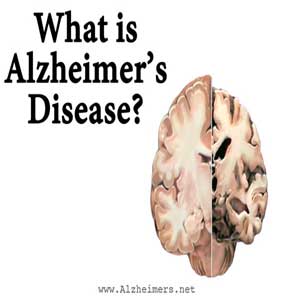Bloodborne Pathogens, Infection Control
A blood-borne disease is one that can be spread through contamination by blood and other body fluids. The most common examples are HIV, hepatitis B and viral hemorrhagic fevers.
Diseases that are not usually transmitted directly by blood contact, but rather by insect or other vector, are more usefully classified as vector-borne disease, even though the causative agent can be found in blood. Vector-borne diseases include West Nile virus and malaria.
Many blood-borne diseases can also be contracted by other means, including high-risk sexual behavior or intravenous drug use. These diseases have also been identified in sports medicine.
Since it is difficult to determine what pathogens any given blood contains, and some blood-borne diseases are lethal, standard medical practice regards all blood (and any body fluid) as potentially infectious. Blood and Body Fluid precautions are a type of infection control practice that seeks to minimize this sort of disease transmission.
Blood poses the greatest threat to health in a laboratory or clinical setting due to needlestick injuries (e.g., lack of proper needle disposal techniques and/or safety syringes).
Blood for blood transfusion is screened for many blood-borne diseases. Additionally, a technique that uses a combination of riboflavin and UV light to inhibit the replication of these pathogens by altering their nucleic acids can be used to treat blood components prior to their transfusion, and can reduce the risk of disease transmission.
A technology using the synthetic psoralen, amotosalen HCl, and UVA light (320–400 nm) has been implemented in European blood centers for the treatment of platelet and plasma components to prevent transmission of blood-borne diseases caused by bacteria, viruses and protozoa.
Needle exchange programmes are an attempt to reduce the spread of blood-borne diseases between intravenous drug users.
Course Features
- Lectures 9
- Quizzes 1
- Duration 2.0 Hours
- Skill level All level
- Language English
- Certificate Yes
- Assessments Self
-
Bloodborne Pathogens, Infection Control
- Lecture 1.1 INTRODUCTION Preview
- Lecture 1.2 THE BASICS OF DISEASE TRANSMISSION Locked
- Lecture 1.3 THE PROCESS OF DISEASE TRANSMISSION Locked
- Lecture 1.4 INFECTION CONTROL: STANDARD PRECAUTIONS Locked
- Lecture 1.5 Hand washing: Soap and Water Locked
- Lecture 1.6 Personal Protective Equipment Locked
-
INFECTION CONTROL: TRANSMISSION PRECAUTIONS
- Lecture 2.1 Airborne Transmission Precautions Locked
- Lecture 2.2 Droplet Transmission Precautions Locked
- Lecture 2.3 SUMMARY Locked
-
Quiz
- Quiz 3.1 Bloodborne Pathogens, Infection Control Locked
-
The quiz is not a requirement for this course. You only need to mark all sections complete. Then click on profile, scroll down you will see where it completed courses, there's a link there that said your certificate, click on it and print your certificate. Or in in your transcript, in your profile, you can print your certificate there also.




